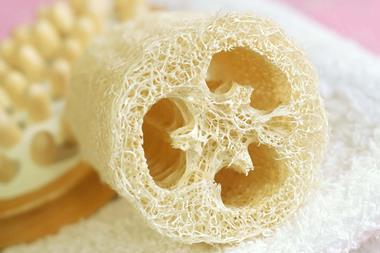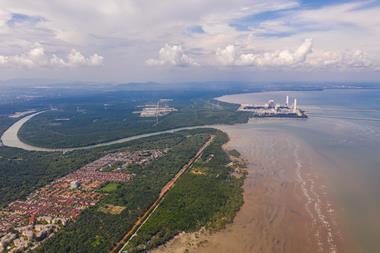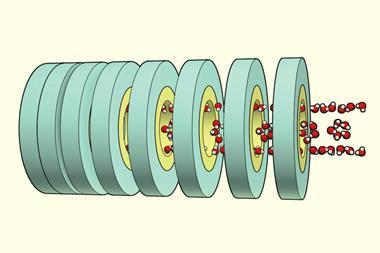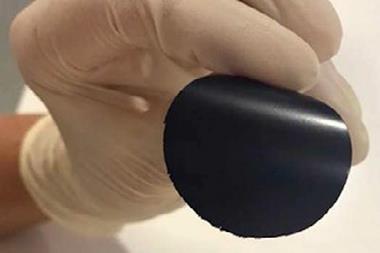Even on the nanoscale, water keeps us guessing
Billions of people around the world lack access to clean water – if not every day, then at some point during the year. Climate change, population growth and industrialisation means water scarcity is only set to get worse. Water desalination and purification strategies are therefore on many chemists’ agendas.
Cells possess water transport proteins called aquaporins capable of selectively moving more than one million molecules per second – they’re one of the fastest membrane channels. The fluorine-based macrocyclic channels we reported on in May, however, shift water at a rate that blows aquaporins out of the water. Their potential applications in low-energy desalination and water separation systems have rightly generated much excitement.
Nanotechnology and materials science are the bedrocks of new water purification technologies. But quietly supporting those fields are studies trying to unpick mass transport at the molecular scale. And a part of that is unravelling water’s unique physicochemical properties under confinement, and why they deviate from those of bulk water.
Increasing the diameter in macroscale water pipes increases the flow rate by decreasing the surface area to volume ratio. This is not the case for nanoscale water pipes. Here water flows fastest through the narrowest channels. In aquaporins, water molecules are confined to channels with sub-nanometre diameters, which forces the water molecules to flow in single-file chains. In contrast to bulk water, where each molecule takes part in around four hydrogen bonds, each water molecule in a single-file chain only participates in two. Just like bulk water, the hydrogen bonding topology of water at the nanoscale is linked to its unusual properties.
Of course there’s still much we don’t know about water transport, particularly in terms of quantum mechanical effects. For example, and given the phenomenon was only reported earlier this year, we don’t yet know how generally applicable quantum friction is.
Water at the nanoscale is also easily influenced by the electrostatic and dielectric properties of any channel and its surroundings. This adds extra complications when it comes to developing membranes that incorporate nanoscale water channels. And, as with any membrane technology, transitioning concepts from the lab up to a larger scale will throw up hurdles surrounding fouling, stability, longevity and cost. Water channel research might have come of age, but it still needs to mature.
Additional information
Y J Lim, K Goh and R Wang, Chem. Soc. Rev., 2022, 51, 4537 (DOI: 10.1039/d1cs01061a)












No comments yet